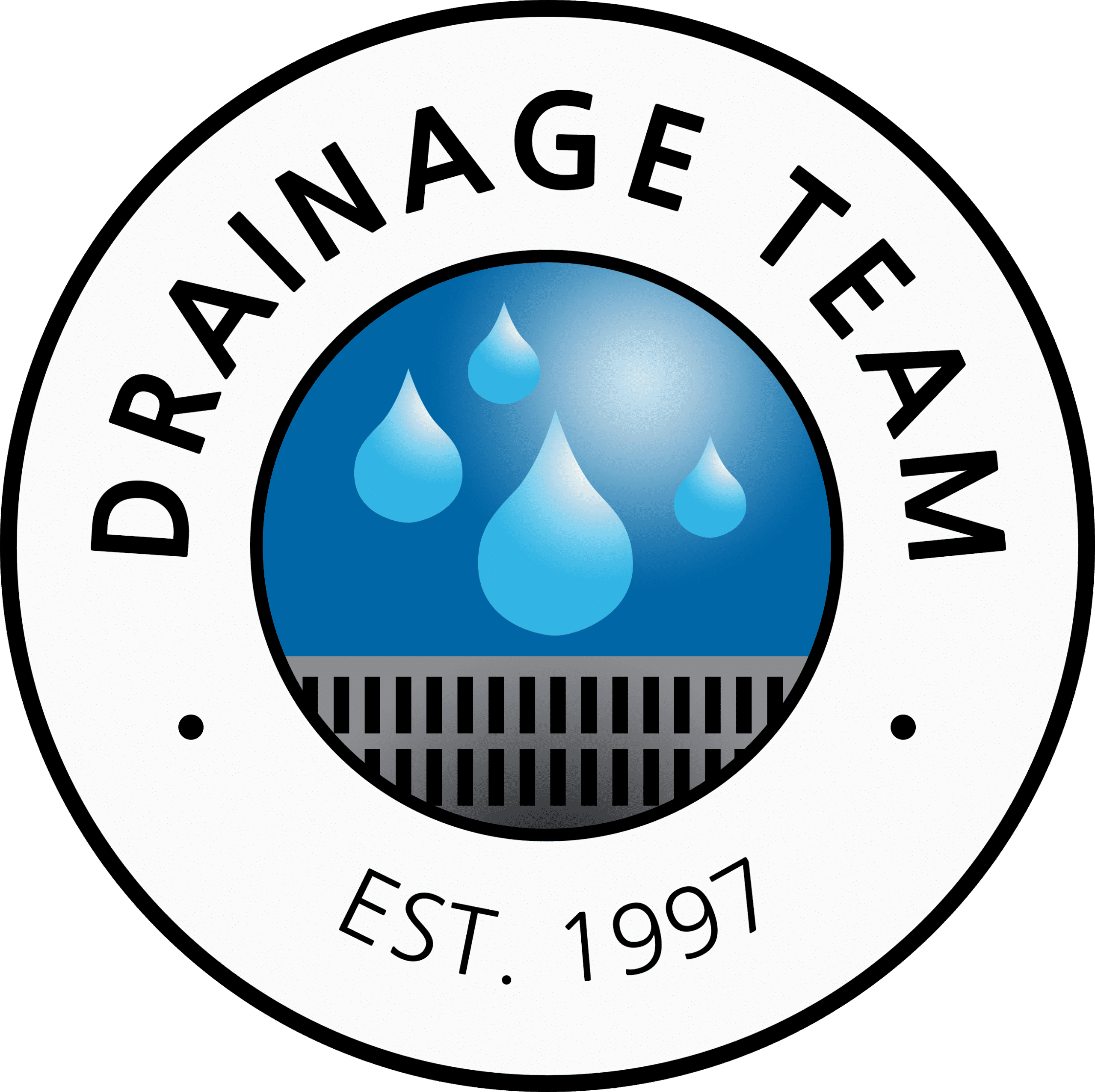As urbanization continues to expand, the need for efficient and sustainable stormwater management systems becomes increasingly vital. The urban infrastructure, characterized by vast expanses of impervious surfaces such as concrete and asphalt, can generate considerable amounts of stormwater runoff. This runoff, if left unmanaged, can lead to various environmental, infrastructure, and public health challenges, including local flooding, water pollution, and erosion. Stormwater basins are a crucial component of modern urban stormwater management systems, designed to mitigate these concerns by temporarily storing and treating stormwater runoff before releasing it at a controlled rate.
In this article, we will explore the essential role that stormwater basins serve in urban settings and discuss the various types and functions of these critical solutions. We will examine the benefits of implementing stormwater basins in urban landscapes, including flood risk reduction, improved water quality, and increased sustainability of urban development. Understanding the significance of stormwater basins is fundamental for property owners, developers, and local authorities alike, as they strive to maintain urban infrastructures and preserve the quality of life for their communities.
Join us as we delve into the world of stormwater basins and uncover how these integral systems contribute to creating resilient, sustainable urban environments. By learning about the importance of stormwater basins, you will gain essential insights into enhancing your property’s drainage systems and playing a part in promoting environmentally responsible urban development.
The Challenges of Urban Stormwater Runoff
Stormwater runoff in urban environments poses a range of environmental and infrastructure concerns, which make effective stormwater management critical. Some of the key challenges posed by uncontrolled runoff in urban settings include:
– Flooding: Impervious surfaces and limited green spaces do not facilitate water absorption. Consequently, during heavy rainfall events, the volume of stormwater runoff can strain urban drainage systems, leading to localized flooding and property damage.
– Water pollution: As stormwater flows over urban surfaces, it collects pollutants such as oil, chemicals, and sediment. Uncontrolled runoff can introduce these pollutants into natural water bodies, causing adverse impacts on aquatic ecosystems and local water quality.
– Erosion and sedimentation: High volumes of fast-flowing stormwater can accelerate erosion of local landscapes, leading to sedimentation in rivers, streams, and water bodies. This can affect aquatic habitats and contribute to further infrastructure concerns, such as flooding and reduced stormwater system efficiency.
Types of Stormwater Basins and Their Functions
Stormwater basins are engineered structures designed to detain and treat stormwater runoff in order to mitigate the aforementioned challenges. Several types of stormwater basins offer unique benefits based on their design and function, including, but not limited to:
– Detention basins: These basins are designed to temporarily store stormwater runoff and gradually release it into the surrounding environment. By controlling the discharge rate, detention basins effectively mitigate downstream flooding risks and allow for sedimentation, improving water quality.
– Retention basins: Also known as wet ponds, retention basins are designed to maintain a permanent pool of water, which aids in the removal of pollutants through settling and biological treatment processes. Retention basins can also offer recreational and aesthetic benefits for urban landscapes.
– Infiltration basins: These basins are designed to promote the infiltration of stormwater into the soil, rejuvenating groundwater sources and reducing the volume of runoff entering streams and rivers. Infiltration basins require soils with high permeability and are typically combined with other basin types to optimize stormwater management.
– Constructed wetlands: These are shallow, vegetated stormwater basins that mimic natural wetland habitats. Constructed wetlands provide stormwater treatment through physical, chemical, and biological processes, thereby improving water quality and providing valuable wildlife habitat.
Implementing Stormwater Basins in Urban Development
Incorporating stormwater basins into urban development projects requires careful planning and collaboration with experienced engineers and landscape architects. Design considerations for implementing stormwater basins include:
– Location: The placement of stormwater basins should be driven by factors such as topography, soil conditions, and proximity to water bodies. Proper siting ensures optimized stormwater management and enhances the overall effectiveness of the basins.
– Local regulations: Property developers must adhere to local regulations and guidelines that govern stormwater management practices. Such guidelines typically promote the use of multi-functional stormwater basins that address both flood control and water quality objectives.
– Maintenance needs: A well-designed stormwater basin should factor in long-term maintenance requirements, ensuring that the basin can provide effective stormwater management for the duration of its intended lifespan.
The Benefits of Stormwater Basins for Urban Properties
Stormwater basins offer numerous benefits to urban properties, which make them integral components of modern stormwater management systems. Some of the key benefits associated with stormwater basins include:
– Flood risk reduction: By controlling the release of stormwater runoff, basins significantly reduce the risk of flooding on properties, protecting infrastructure investments and promoting safety in urban areas.
– Improved water quality: The treatment processes employed by different types of stormwater basins lead to improved water quality in local water bodies and streams, fostering healthier ecosystems and enhancing public health.
– Increased sustainability: Implementing stormwater basins as part of an overall strategy for sustainable urban development enables cities and property developers to mitigate the environmental impact of their projects and promotes long-term resilience and vitality.
– Aesthetic and recreational value: Some stormwater basins, such as constructed wetlands and retention basins, can offer aesthetic and recreational benefits. These features can contribute to the overall appeal and value of urban properties while bolstering local ecosystems.
Conclusion
As urbanization continues to shape our built environment, implementing sustainable and effective stormwater management systems is paramount for addressing related environmental and infrastructure challenges. Stormwater basins play a crucial role in mitigating the adverse impacts of stormwater runoff on urban properties and ensuring a healthy, vibrant urban environment.
With expertise in drainage, erosion, stormwater retention basins, and waterproofing, the Drainage Team can provide customized solutions for residential, commercial, and governmental properties. Contact us today to learn how our team can support your property’s stormwater management needs, protect your investment, and contribute to sustainable urban development.






